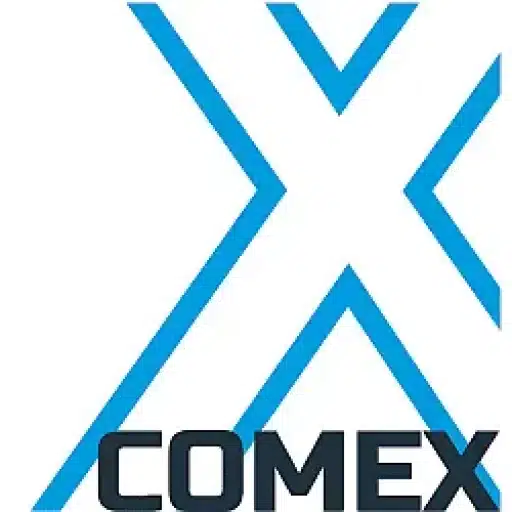+31 (0)43 30 88 400 | office@comex.eu

Hybrid storage: where to store data, on-premise or in the cloud?
Implementing a hybrid storage strategy centers on one question: where should we store our data? The answer to this is crucial because it directly affects the cost, performance, and security of the data. In this blog, we explore how companies can decide which data is best stored on-premises and which data is suitable for the cloud.
The importance of data location
The location of data affects various operational aspects of an organization. For example, it can affect access speed, data transfer costs and regulatory compliance. An effective data storage strategy takes these factors into account to strike an optimal balance between cost and operational efficiency.
Data storage decisions: On-premise
- Critical performance and low latency: For applications that require real-time processing or where high performance is critical, on-premises storage is often the best choice. Local storage reduces latency and increases the speed at which applications can access data.
- Security and compliance: For companies in highly regulated industries, such as financial services or healthcare, keeping sensitive data on-premises may be necessary to meet legal and compliance requirements.
- Cost control: Storing large amounts of data locally can be more cost-effective compared to long-term storage in the cloud, especially if it requires regular access.
Data storage decisions: Cloud
- Flexibility and scalability: The cloud offers unparalleled flexibility. Companies can quickly increase or decrease storage capacity without significant pre-investment or the need to purchase physical hardware.
- Cost savings for less critical data: For non-sensitive or archival data, the cloud can provide a cost-effective solution, especially if this data is rarely accessed.
- Geographic distribution: The cloud makes it easier to distribute data across different geographic locations, which is especially useful for companies looking to implement a robust disaster recovery strategy.
Our rule of thumb
The factors listed above are partly generalized, which means that the above is not the most efficient approach for every storage situation. We therefore apply the following rule of thumb: store the data where the application is running. This is how organizations generally achieve the highest efficiency and effectiveness.
Conclusion
The choice between on-premises and cloud storage must be made with a clear understanding of the organization’s specific needs and requirements. By strategically choosing where data is stored, companies can strike the right balance between cost, performance and compliance. Most importantly, data should be stored where the application is running to maximize efficiency and effectiveness. With a well-executed hybrid storage strategy, companies can benefit from the best of both worlds. For the on-premises infrastructure of a hybrid infrastructure, be sure to consider proven Silent Bricks and Silent Cubes to ensure security, flexibility and compliance.


